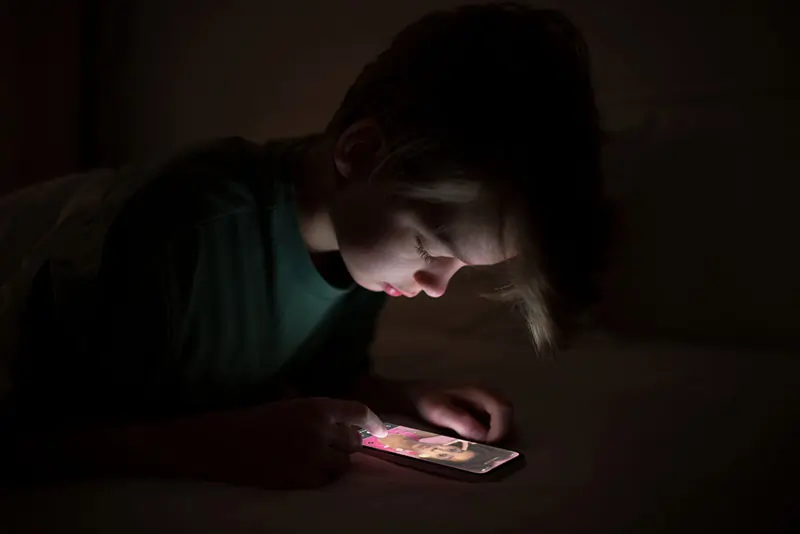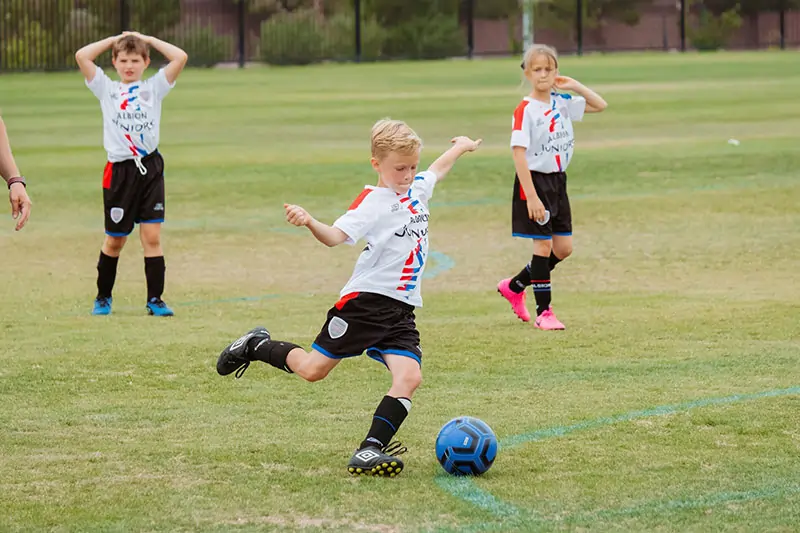How Do You Make a Homemade First Aid Kit for Kids?

Kids are newly discovering their body’s limitations. They want to run fast, jump high, and climb everything. And let’s face it, kids can be downright clumsy. It’s no wonder when they end up with skinned knees and boo-boos. When you’re out with the family, you don’t want accidents and minor injuries to put a damper on the day’s events. A proper first aid kit can help you get on with the day, or serve as temporary care until you can reach the emergency room. Here’s what a comprehensive first aid kit for kids should have and some helpful notes about the items.
Items for a Kid’s First Aid Kit:
- Hand sanitizer
- Antiseptic solution
- Soap
- Sterile water
- Alcohol wipes
- Thermometer
- Tweezers
- Scissors
- Safety pins
- Colorful kid’s band-aids
- A variety of band-aid sizes and styles
- Elastic bandages
- Adhesive tape
- Different sized gauze pads
- Splint
- Eye wash solution
- Non-latex disposable gloves
- Rewards like stickers and lollipops
- A list of emergency phone numbers
Medicines
Simple over-the-counter medicines can come in very handy during family outings. Imagine you and your child went for a walk in the woods, but the bugs were biting or your child ran through some poison ivy. Having hydrocortisone cream or calamine lotion can make a big difference in your child’s comfort. Other common ailments like headaches can easily be treated with children’s ibuprofen or acetaminophen. Neosporin antibiotic ointment is also a common item for first aid kits, but be aware it should not be used on children under two years old. Other ointments like Aquaphor Baby and petroleum jelly can be used instead. Here’s a list of the medicines you’ll want to have in your first aid kit:
- Hydrocortisone cream
- Calamine lotion
- Children’s ibuprofen or children’s acetaminophen
- Antibiotic ointment
- Petroleum jelly
- Children’s Benadryl
Hand Sanitizer
It’s critical to keep clean when working with wounds and injuries. Hand sanitizer is perfect for on-the-go and can be used for many occasions. Definitely use it on your own hands before addressing your child’s injuries, but you can also use it on the whole family after you leave stores, daycare, the library, and other public places. Adults and older children can use any standard hand sanitizer, but babies and toddlers often stick their hands in their mouths which is why you should consider purchasing a hand sanitizer that is safe for daily use on babies if you have very young children.
Antiseptic
Now that you have supplies to clean your hands, you’ll need something to clean wounds. You can use any antiseptic solution, but child-friendly options won’t cause your little one any discomfort. You may remember your mother using hydrogen peroxide on your wounds, but these days doctors don’t recommend using it. Hydrogen peroxide can actually damage skin tissue, delaying the healing process.
Soap and sterile water are excellent options to keep in a child’s first aid kit. Kids can get downright dirty when they play and washing a wound with soap and water is the best way to flush away embedded dirt and grime. You’ll also want alcohol wipes so you can sanitize thermometers, tweezers, and scissors.
Wound Care
Scrapes and cuts are the most common injuries kids incur because they are so physically active, so don’t forget to pack colorful band aids! Cute patterns and images of their favorite cartoon characters can help distract kids from a painful cut. Larger wounds can also happen, so be prepared with a range of band aid sizes and styles, colorful elastic bandages, adhesive tape, and various-sized gauze pads.

Splints
Splints are easy items to acquire at many pharmacies. A finger splint is a small and handy item to have in a child’s first aid kit because their little fingers are easily injured. Pharmacies also usually carry wrist splints which can immobilize a sprained wrist until your child can get care from a doctor. Arm slings are a good idea as well, to help give support for arm fractures or breaks until they see a physician.
Rewards for Being Brave
When your kiddo gets injured, they feel pain, they can be scared, and they may cry. You’ll want something extra special in your kit to help them calm down and feel better. Stickers and lollipops are great examples, but it can be anything that really makes your child happy and comforted.
Emergency Information
All caregivers should know where the first aid kit is. In cases of emergency, no one wants to be fumbling around trying to find the number and location of the nearest urgent care or guessing what medications and allergies your kids have. Include numbers and addresses of the nearest urgent care, emergency room, pharmacy, emergency contacts, and any information about your child that is pertinent like prescribed medications and known allergies.
A prepared parent or guardian should always have a first aid kit handy at home and in the car to patch up their kiddos. When the unexpected happens, you’ll be glad you took the time to put together your own homemade first aid kit that’s personalized with the items you prioritize for your child.


